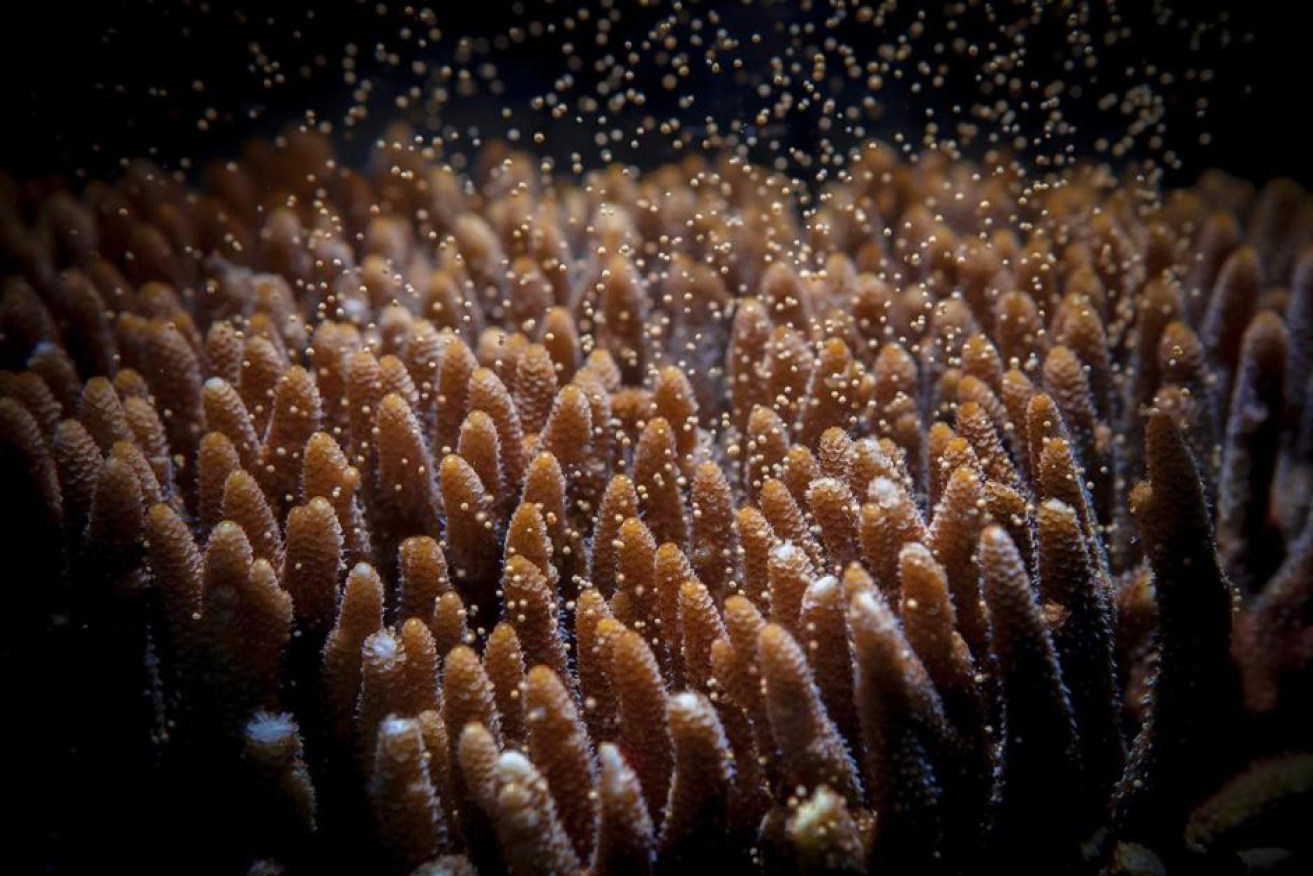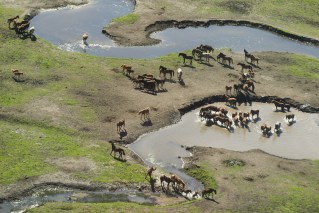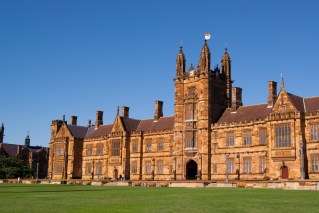The big bang: Climax on the Reef as coral spawns for a second time


The Great Barrier Reef has gotten freaky for the second time in a month. Photo: Mikaela Nordborg
It’s the end of the decade and the Great Barrier Reef is going out with a bang.
Just a month ago the world watched in awe as billions of eggs and sperm exploded across large parts of the the Reef.
It was an orgasm of gigantic proportions.
But proving that good things come to those who wait, the Far North of the Reef has experienced a second wind, treating onlookers to a magnificent late spawning event.
And did it put on a show! Quicksilver Reef Biosearch manager Russell Hore said it was the best performance that patch of the Reef has seen since the 2015 bleaching event.
“While the Agincourt Reefs experienced a coral spawning in November, we always believed that the main coral spawn would happen after the full moon in December,” said Mr Hore.
For those watching the bump and swim, it was a wild ride.
“In the lead up to the spawning day, the Reef becomes fecund. It’s almost as if you are watching a pregnancy on a minute scale – without the cravings for ice-cream,” he said.
“If you get up close, you will see little orange balls of eggs pushing to the mouth of the coral. These are little signs that ejaculation on a mass scale is about to take place.”
In November, a team of researchers helped the coral get the most out of its big O by collecting the spawn and dropping it off in parts of the Reef too dead to climax.
Professor Peter Harrison of Southern Cross University, who was part of the Reef pregnancy program, said the event is unique because unlike other animals, coral can reproduce across 40 different species.
“That we hadn’t expected so many species to spawn together. We assumed like most other animals these corals would spawn separately but instead they were spawning together,” he said.
“Sperm from some species is able to fertilise the eggs of other species and create hybrids.”

Dead coral rubble on the recently damaged Great Barrier Reef. Photo: University of Exeter
While the Reef getting freaky proves it’s still got some life left, mass bleaching, the latest outbreak of coral-eating crown-of-thorns and tropical cyclones have all contributed to its declining health, Professor Harrison said.
“It’s a combination of a whole range of disturbances all linking back to climate change and human impacts that are creating a very difficult combo of stresses.
“We need to get serious about managing carbon emissions and climate change. The longer we leave it, the harder it’s going to be to manage.
“While we’re waiting for real action on climate change we need to be trying to rescue as many threatened corals as we can, capturing coral spawn and growing millions of larvae and putting it back onto damaged sections.”








